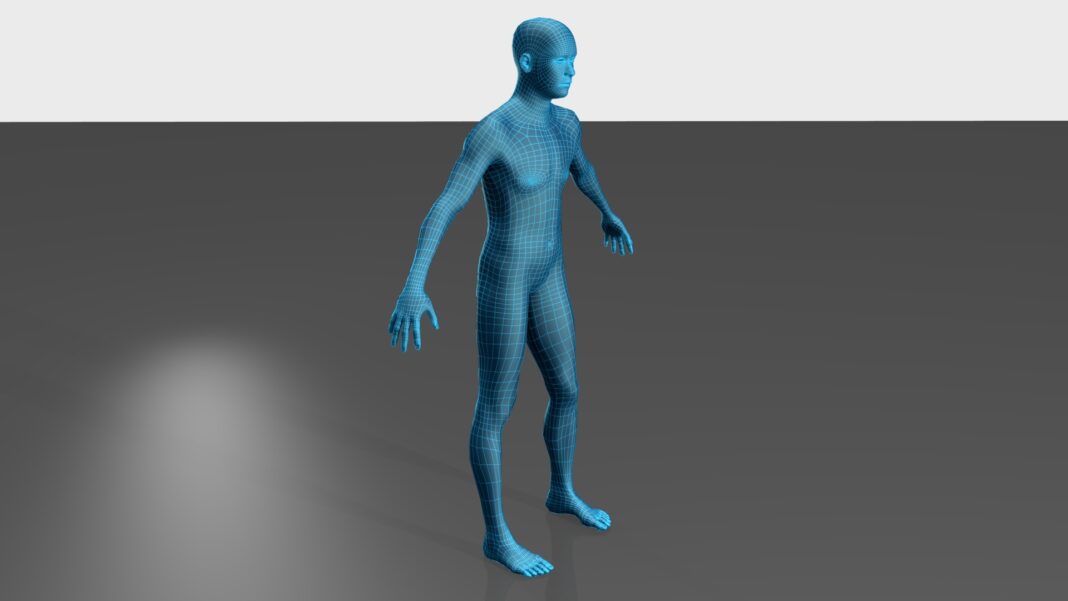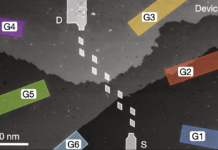Our skin, the largest organ of our body, can reveal a lot about age and health. For instance, people with fewer red blood cells tend to have pale skin, and those with hepatitis have a yellowish tint1. In the last few years, the skin has gained even more importance in what it can tell about a person’s health. Recently, electronics have made their way in health research and, as a result, skin-based trackers are starting to be used for personalised health monitoring.
Detecting signals from the skin
In a 2019 Nature Electronics study, researchers from Stanford University came up with a skin-based sensor called bodyNET. The device detects physiological signals from the skin that stick to it like an adhesive tape and generates wireless readings for a receiver attached to a person’s clothing2. Through this bodyNET sensor, the Stanford team demonstrated wireless transmission of physiological signals to the digital world with better accuracy and analysed body movements, breath and pulse rate of a person.
The researchers wanted to come up with an easy-to-wear technology which does not require any rigid circuits and batteries, avoiding any friction with the skin. BodyNET has multiple sensor nodes – placed at various positions on the body and receives physiological signals.
Stretchable like skin
These sensor nodes were divided into two separate parts – a target, attached to the skin and made of soft stretchable materials and moulded into different shapes and sizes, and an initiator which harboured the flexible batteries and an antenna signal readout circuit clipped onto clothes. Researchers made sure that targets and initiators are easy to wear and mobile so that they can monitor physiological signals from the body continuously.
The physiological signals are first captured by the sensors on the skin and then transmitted to the initiator clipped onto clothes by the process of Radio Frequency Identification Technology (RFID). This method uses radio waves to exchange data between a reader and an electronic tag. This tag is directly attached to the object for identification and tracking3. BodyNET can be described as a sticker with an antenna which generates incoming RFID energy from a receiver attached to clothes to power the sensors. It then records the physiological signals from the skin and beams back to the receiver.
One challenge faced by the researchers was to make the antenna stretchable and bendable like skin. This was done by screen printing metallic ink on a rubber sticker. In order to have a stretchable but strong antenna, the RFID system was modified so that it gives out strong and accurate signals to the receiver even if there are disruptions. The receivers were battery-powered and enable the use of Bluetooth to derive data from these skin stickers to phones computers and permanent storage systems. Some of the physiological signals that were received by the sticker include respiration rates and pulse readings.
The researchers are now working towards integrating more parameters that can be captured by these bodyNET stickers, such as body sweat and body temperature. They hope that, in the future, it will be possible to have a full-body skin-sensor array which would record physiological signals with no disruption of a person’s normal behaviour.
References:
- InformedHealth.org. Cologne, Germany: Institute for Quality and Efficiency in Health Care (IQWiG); 2006-. How does skin work? 2009 Sep 28 [Updated 2019 Apr 11].
- Niu, Simiao, et al. “A wireless body area sensor network based on stretchable passive tags.” Nature Electronics 2.8 (2019): 361-368.
- Ni, Daiheng. Traffic Flow Theory: Characteristics, Experimental Methods, and Numerical Techniques. Amsterdam, 2016.



